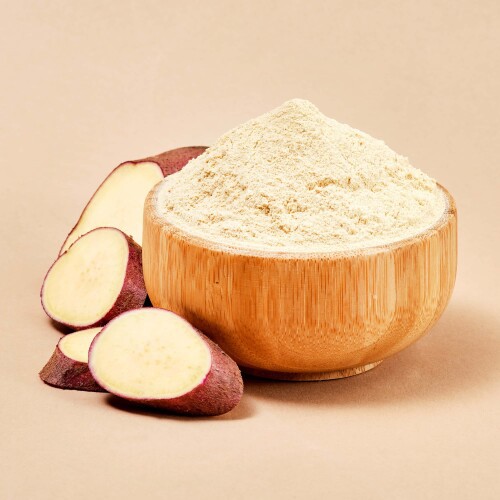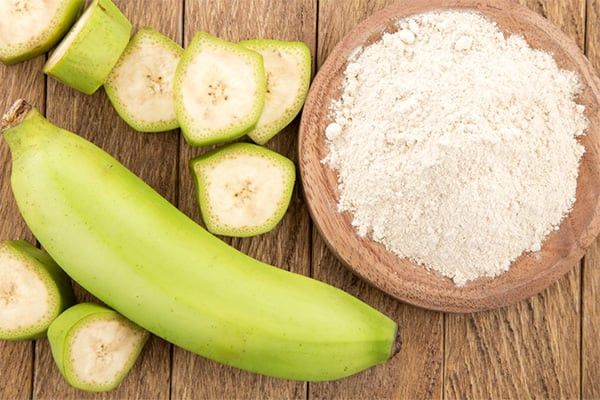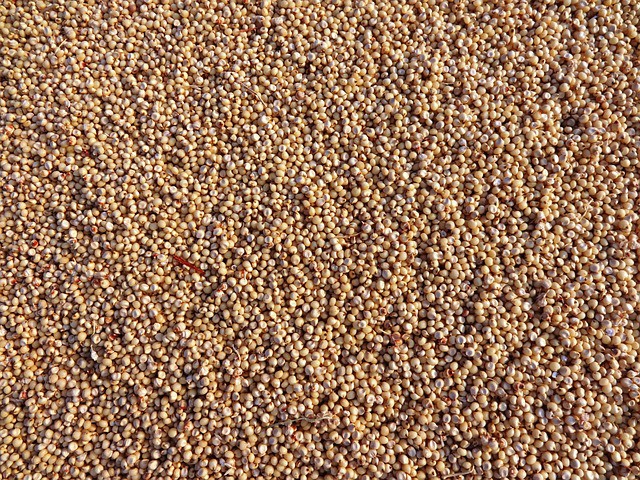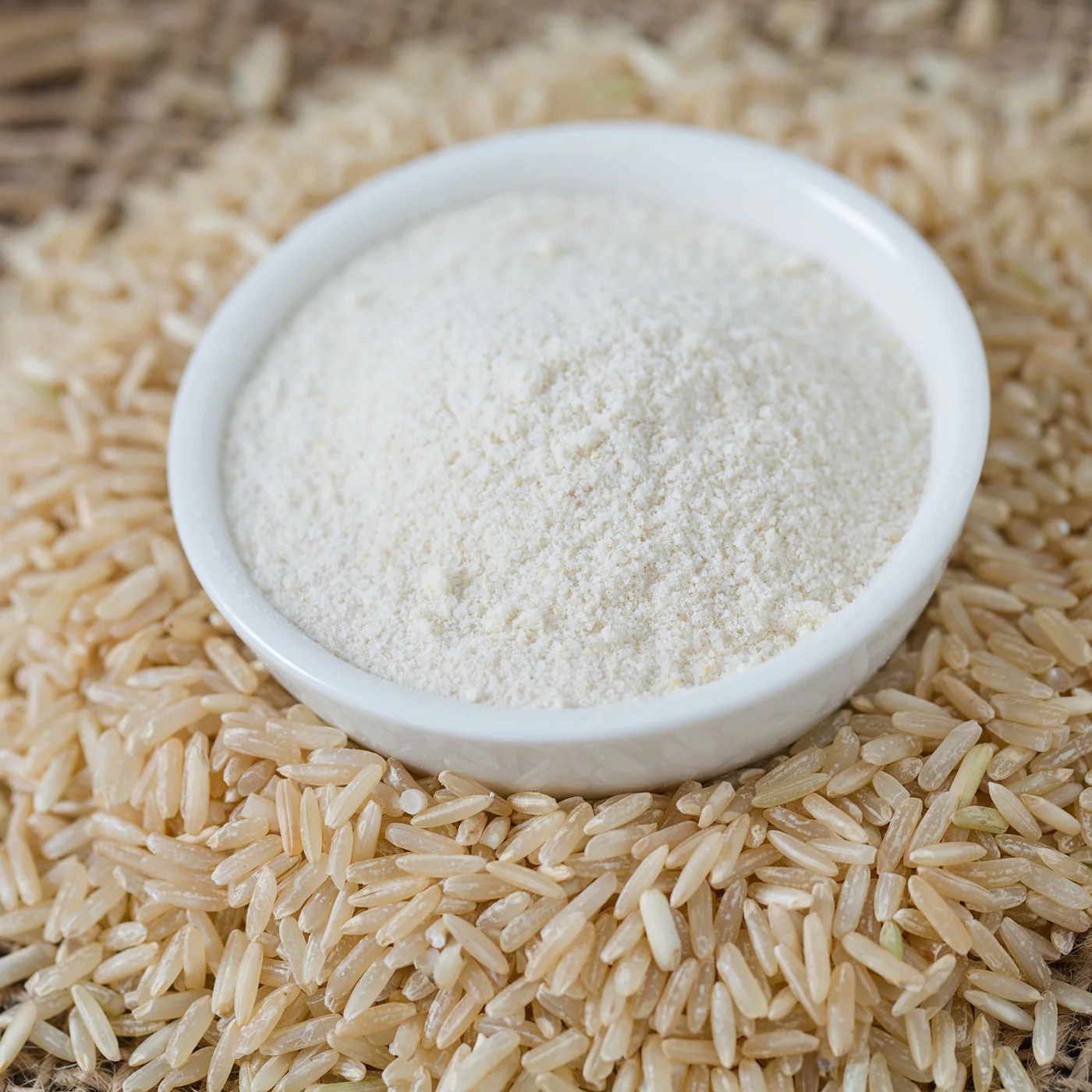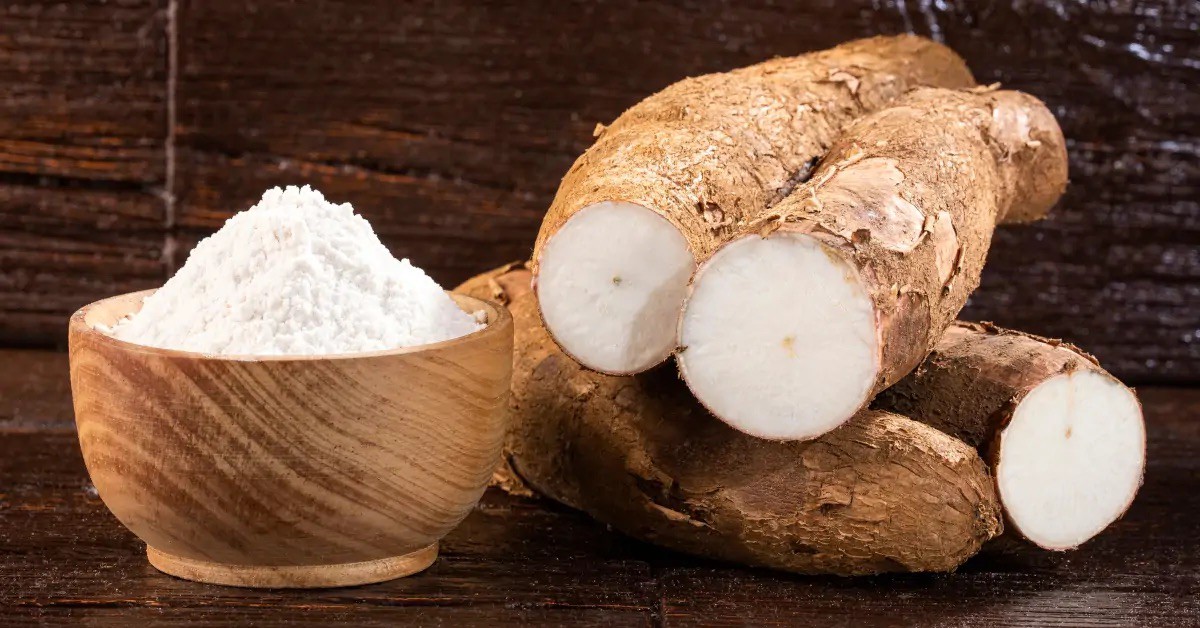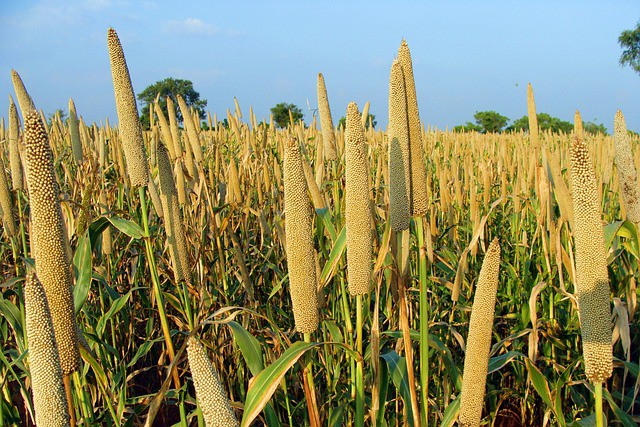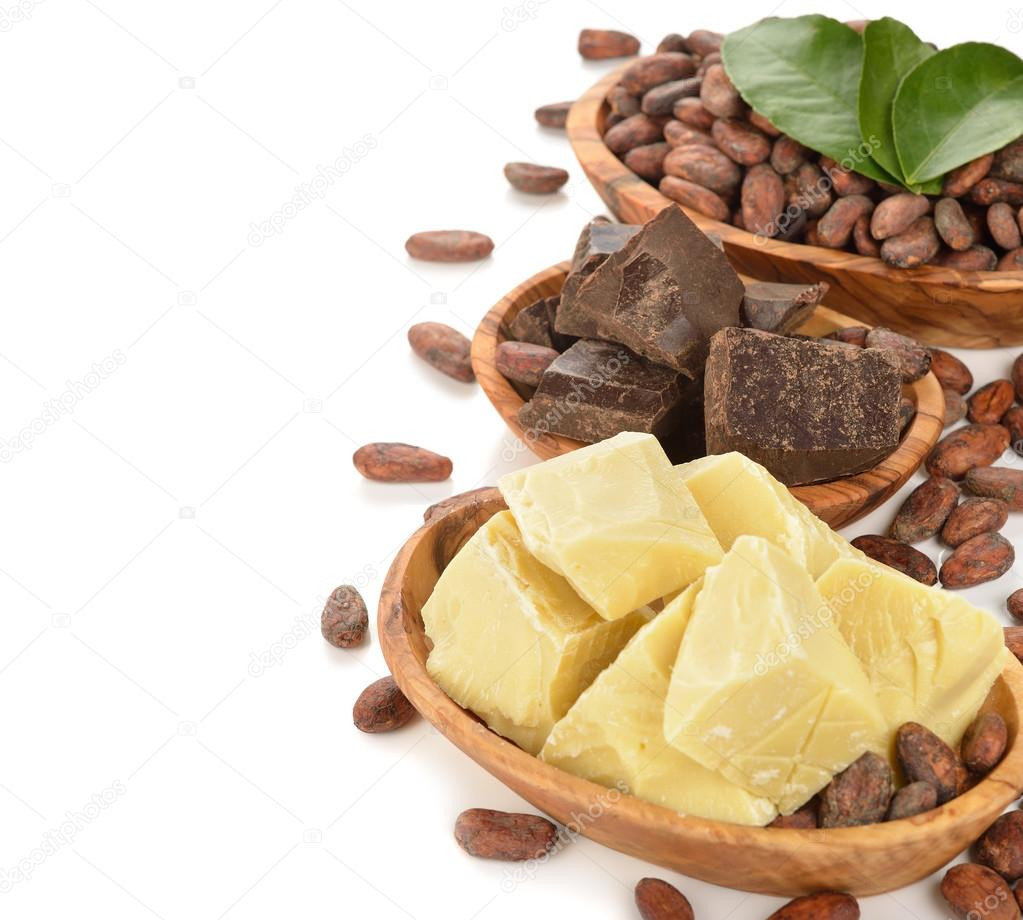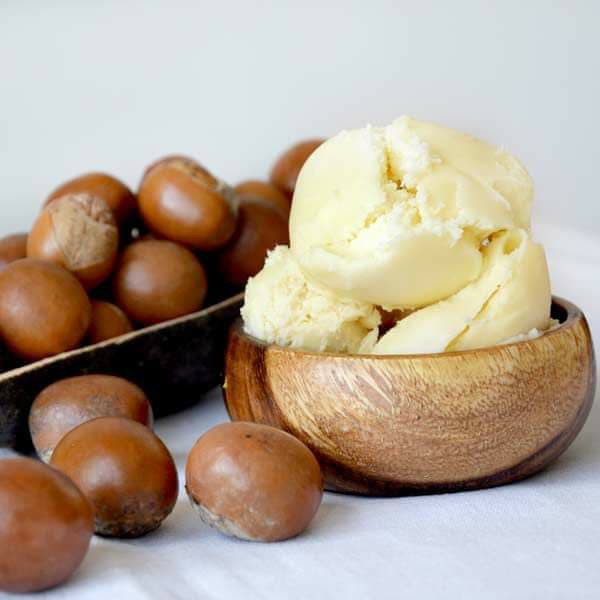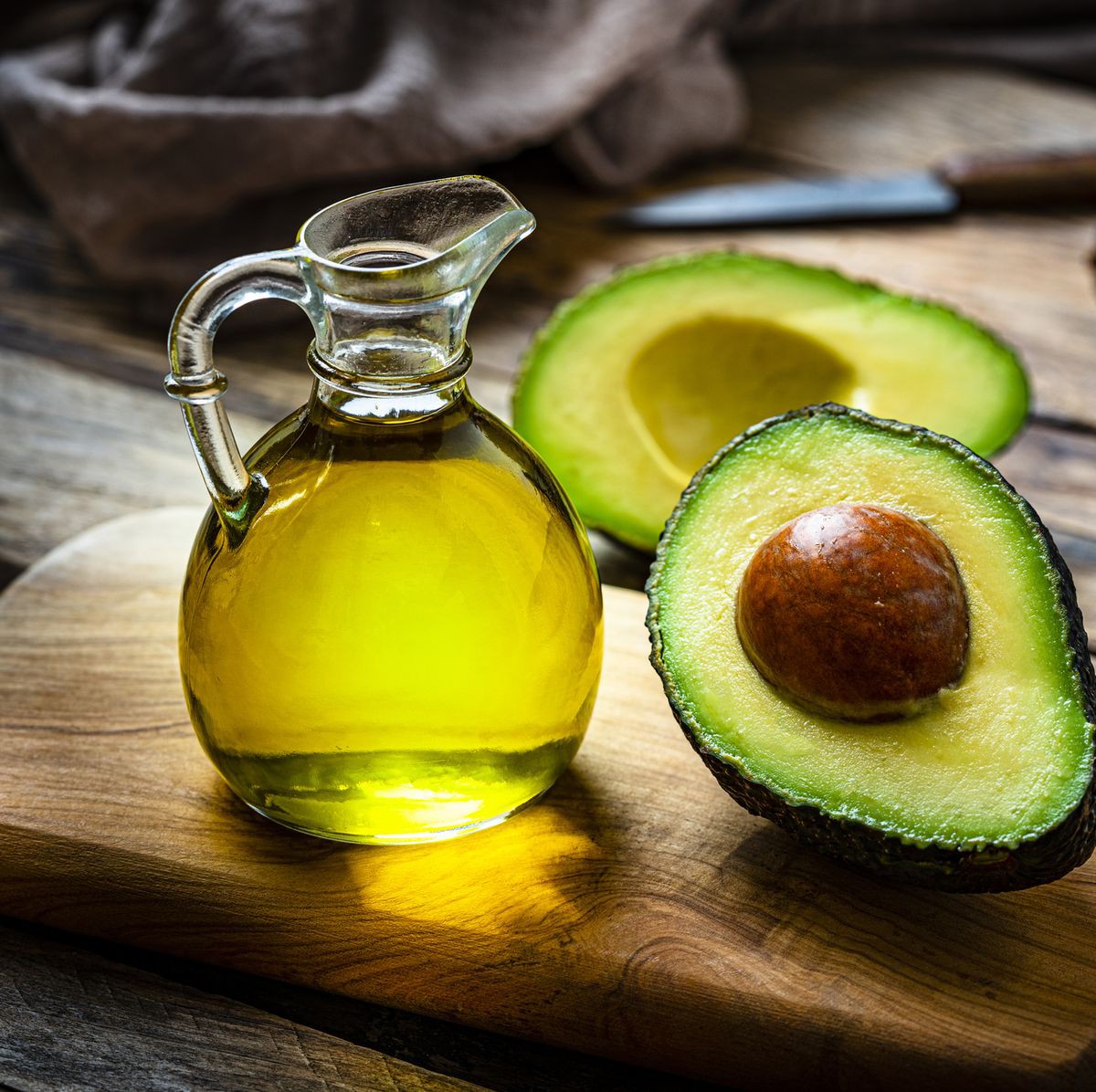

Huile de palmiste
Détails du besoin
Nom botanique : Elaeis Guineensis
L’huile de palmiste est une huile de couleur jaune pâle ou blanche, extraite sans solvant, par pression des graines extraites du fruit du palmier. Ces graines proviennent d’un arbre appelé palmier à huile. A ne pas confondre avec de l’huile de palme extraite de la chair des noix du palmier. Le palmier à huile est cultivé dans les zones tropicales et subtropicales pour ses fruits appelés la noix de palmiste.
L’huile de palmiste est obtenue par concassage des noix/ fruits du palmier à huile pour en récupérer les graines. Ces graines sont ensuite séchées puis triturées ou chauffées, puis pressées et filtrées pour obtenir l’huile de palmiste. Le rendement va de 30% à 40% d’huile selon le procédé utilisé.
Sur le plan de la composition, l’huile de palmiste a des propriétés similaires à l’huile de palme est riche en acides gras insaturés, principalement de l’acide laurique et de l’acide myristique, en particulier de l’acide oléique, et palmitoléique. Cette huile est peu sensible à l’oxydation.
Elle est principalement utilisée en savonnerie grâce à sa teneur élevée en acide laurique. Sur le plan cosmétique, elle est prisée pour la réparation et le raffermissement de la peau. C’est aussi une bonne huile de massage (peau de bébé) qui ne laisse pas de film gras. Enfin, elle est utilisée comme agent hydratant dans la fabrication des laits de toilette. Sur le plan alimentaire, elle est utilisée en complémentarité avec d’autres huiles végétales pour la production de margarine.

